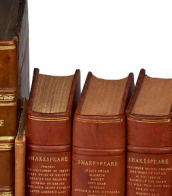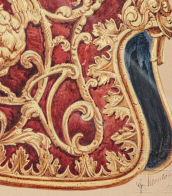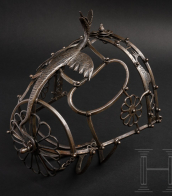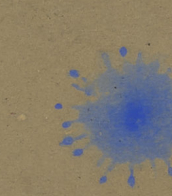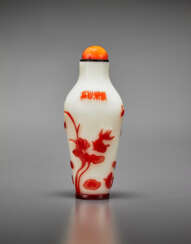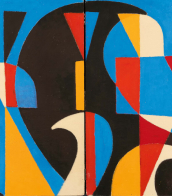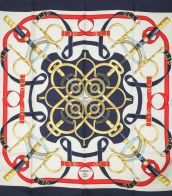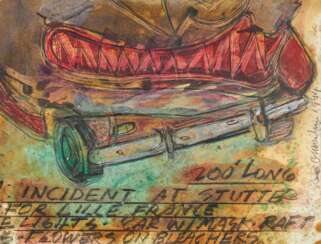underwater
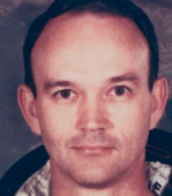
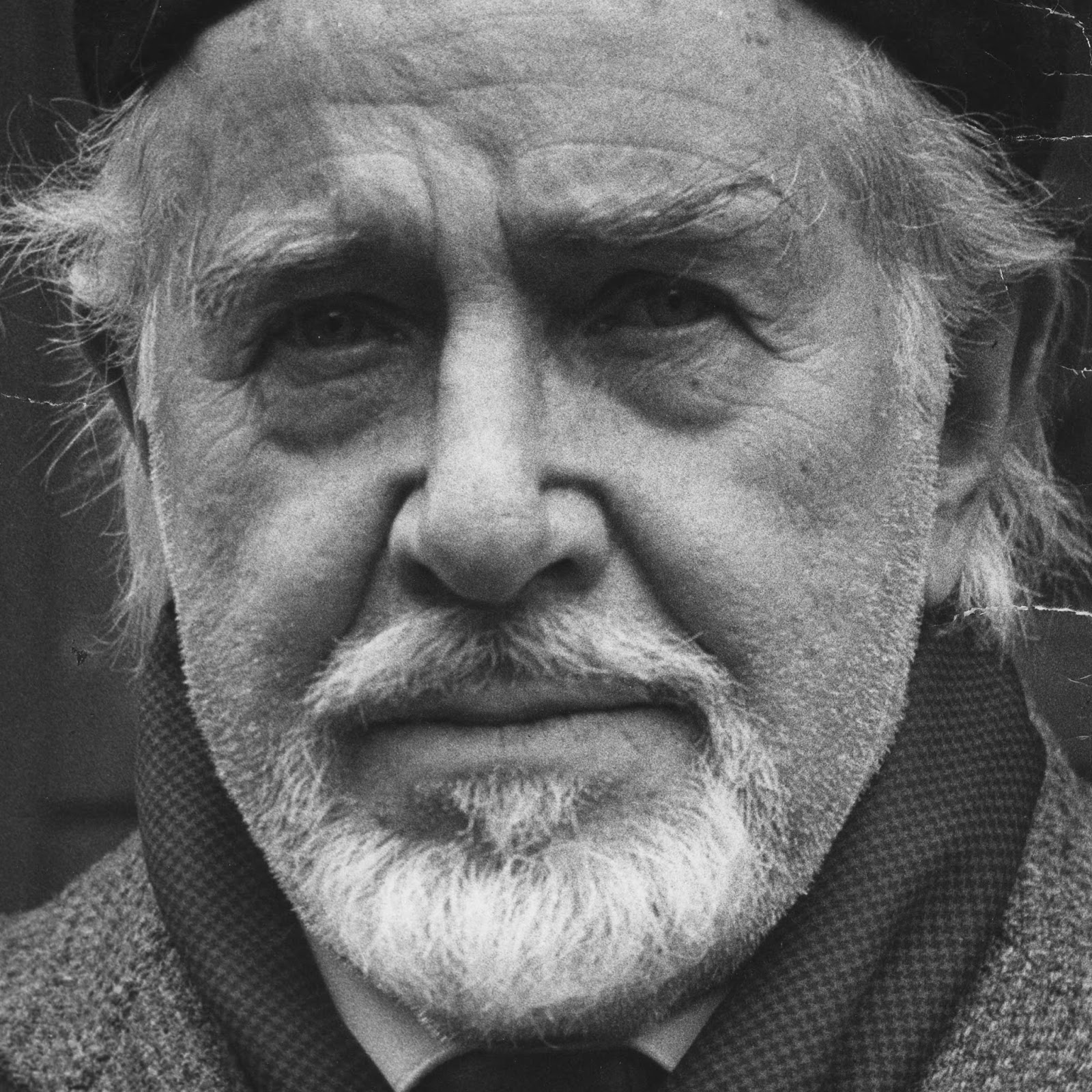
Mark Tobey was an American painter. His densely structured compositions, inspired by Asian calligraphy, resemble Abstract expressionism, although the motives for his compositions differ philosophically from most Abstract Expressionist painters. His work was widely recognized throughout the United States and Europe. Along with Guy Anderson, Kenneth Callahan, Morris Graves, and William Cumming, Tobey was a founder of the Northwest School. Senior in age and experience, he had a strong influence on the others; friend and mentor, Tobey shared their interest in philosophy and Eastern religions. Similar to others of the Northwest School, Tobey was mostly self-taught after early studies at the Art Institute of Chicago. In 1921, Tobey founded the art department at The Cornish School in Seattle, Washington.

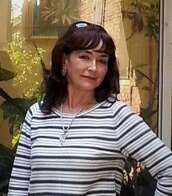
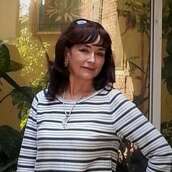
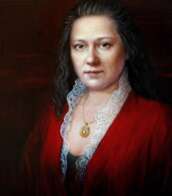
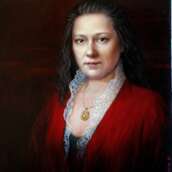







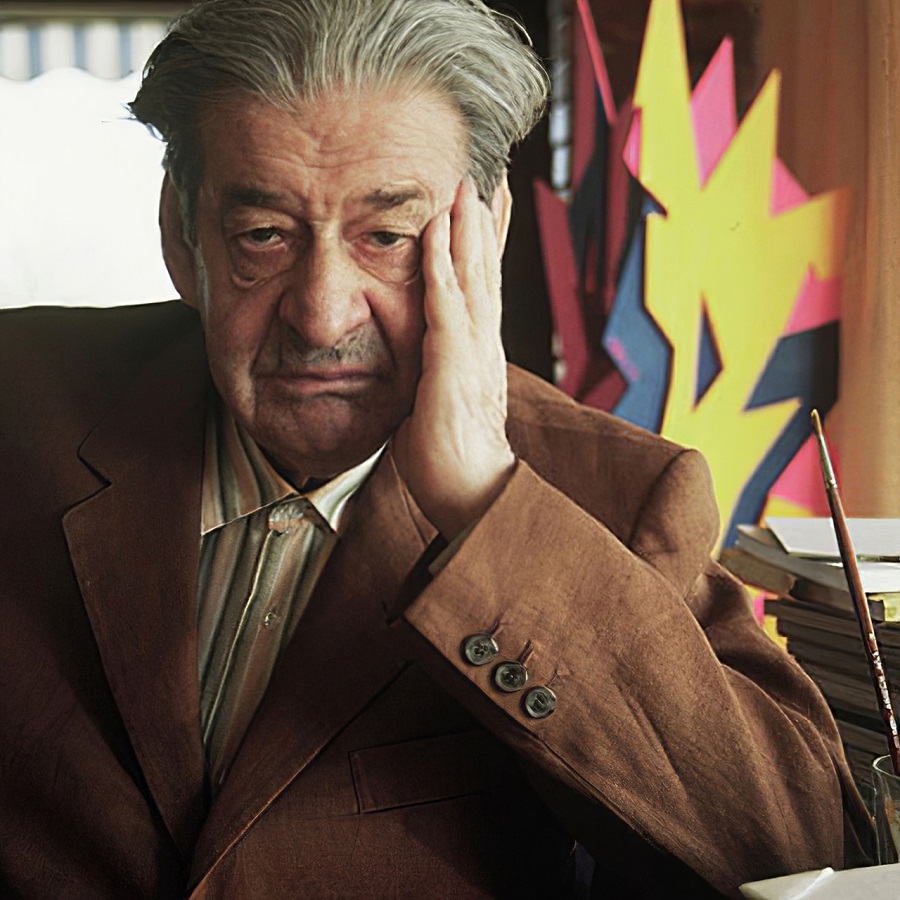
Giulio Turcato was an influential Italian painter, recognized for his contributions to both figurative and abstract expressionist art. Born in Mantua in 1912, Turcato's early artistic journey led him to the Accademia di Belle Arti di Venezia. His career path took him through various Italian cities, culminating in a significant move to Rome in 1943, where he immersed himself in the Resistance and the Communist Party.
Giulio Turcato's work, characterized by a unique blend of political engagement and artistic innovation, stood at the crossroads of critical movements and artistic groups of his time. He was a key member of Forma 1, a group advocating Marxist-leaning abstract art, and the Fronte Nuovo delle Arti. His reluctance to fully embrace either politically engaged art or formalist abstraction marked him as a distinctive voice in the Italian art scene.
His artistic oeuvre includes participating in the Venice Biennale and showcasing his work at prominent venues such as the MoMA in New York and the Staatsgalerie Moderner Kunst in Munich. Turcato's exploration of materials, evident in his "Lunar Surfaces" series, showcased his innovative approach, incorporating elements like sand and foam to create textured, dynamic compositions.
For art collectors and enthusiasts, Giulio Turcato's work offers a deep dive into a pivotal moment in Italian art history, reflecting a complex interplay of political, social, and artistic narratives. To stay updated on new sales and auction events related to Giulio Turcato's art, consider signing up for updates, ensuring you remain informed about opportunities to engage with the legacy of this pivotal artist.
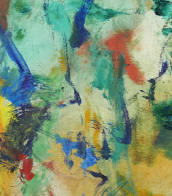
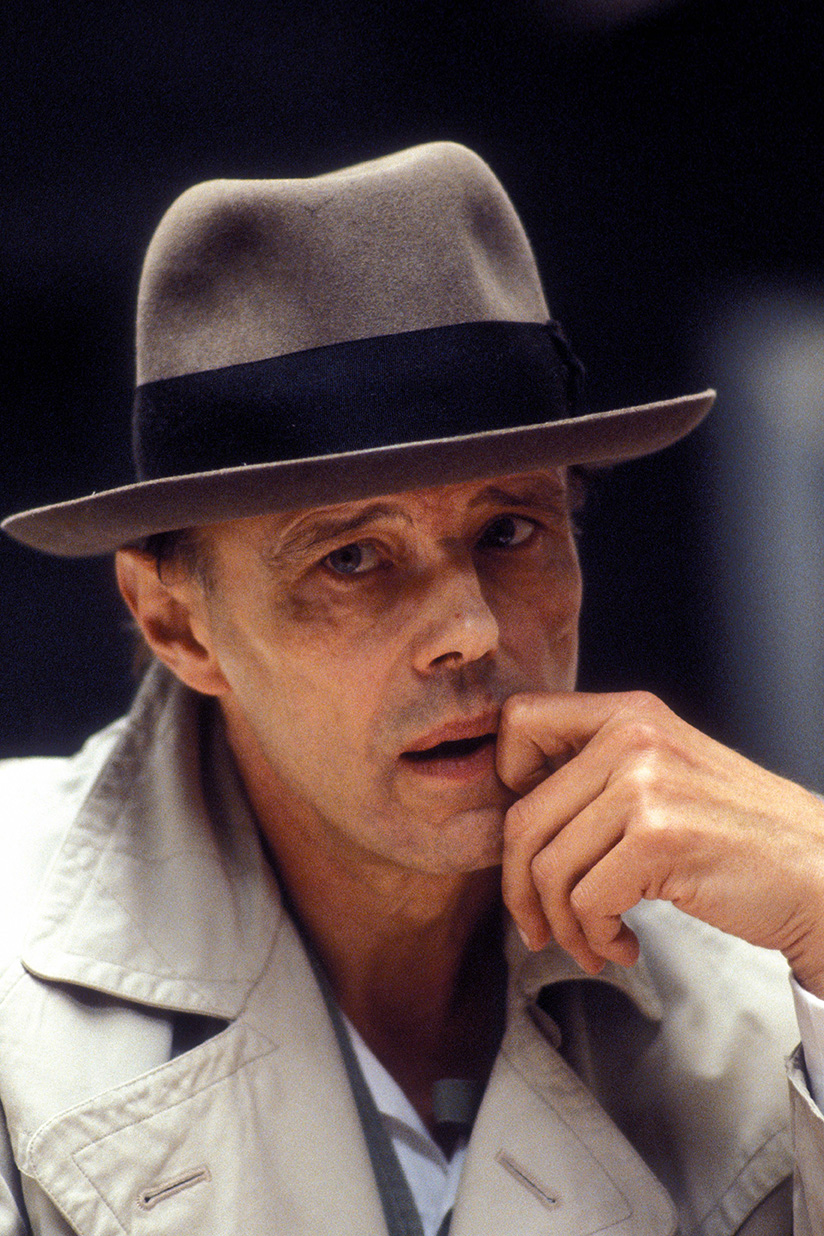
Joseph Heinrich Beuys was a German artist, renowned for his significant contributions to the realms of sculpture, painting, and installation art, which have left a lasting impact on the culture and art world. His work transcended traditional boundaries, merging art with social theory and politics, thus redefining the role of the artist in society. Beuys's unique approach to materials, incorporating substances like fat and felt, symbolized healing and insulation, reflecting his broader philosophical and ecological concerns.
Beuys's art was deeply influenced by his experiences during World War II and his academic background in natural sciences and sculpture. His concept of "social sculpture" proposed that art could transform society, emphasizing creativity as a fundamental component of human existence. This vision led him to use his performances, or "actions," as a medium to communicate his ideas, making him a pivotal figure in the Fluxus movement. Notable works such as "How to Explain Pictures to a Dead Hare" and "7000 Oaks" exemplify his innovative use of performance and environmental art to engage and challenge the public.
His legacy is preserved in major museums and galleries worldwide, including the Museum of Modern Art in New York and the Tate Modern in London. These institutions house key pieces that exemplify Beuys's diverse artistic output, from his early drawings and sculptures to his later installations and public interventions. His influence extends beyond the art world, impacting environmental activism and educational reform, underscoring his belief in the transformative power of art.
For collectors and experts in art and antiques, Joseph Heinrich Beuys remains a figure of immense interest, not only for his groundbreaking artworks but also for his profound impact on contemporary art theory and practice. To stay informed about new product sales and auction events related to Beuys, we invite you to sign up for updates. This subscription ensures you are always in the loop regarding opportunities to engage with the enduring legacy of one of the most influential artists of the 20th century.
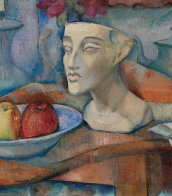
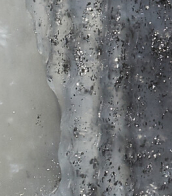
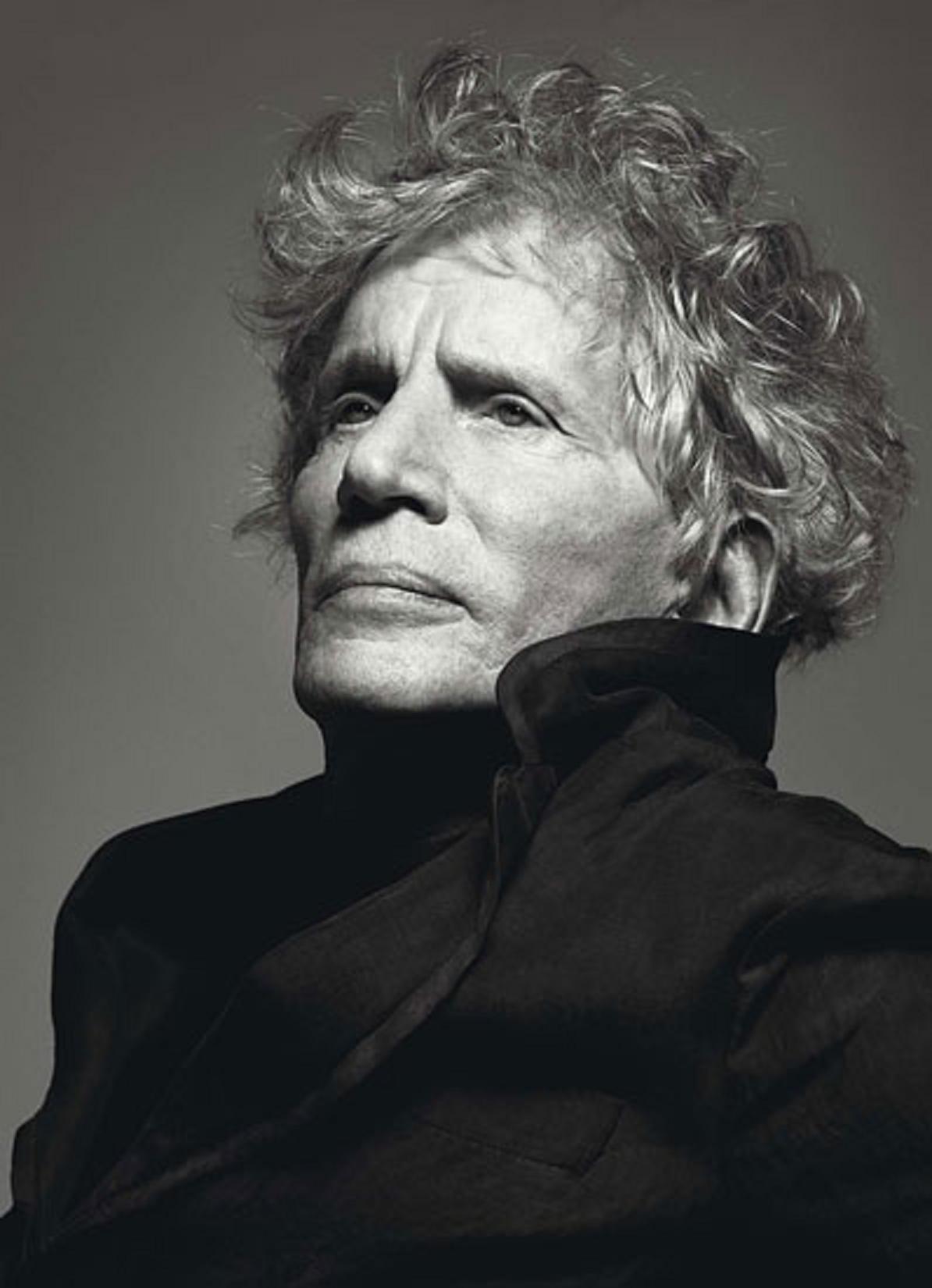
Dennis Oppenheim was an American conceptual artist, performance artist, earth artist, sculptor and photographer. Dennis Oppenheim's early artistic practice is an epistemological questioning about the nature of art, the making of art and the definition of art: a meta-art that arose when strategies of the Minimalists were expanded to focus on site and context. As well as an aesthetic agenda, the work progressed from perceptions of the physical properties of the gallery to the social and political context, largely taking the form of permanent public sculpture in the last two decades of a highly prolific career, whose diversity could exasperate his critics.
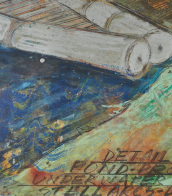
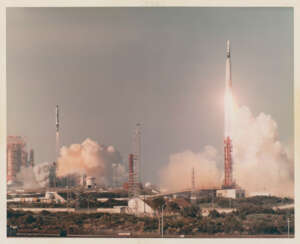



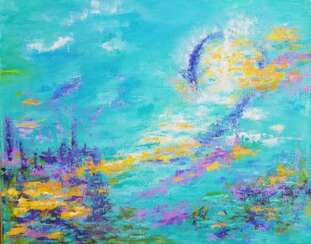




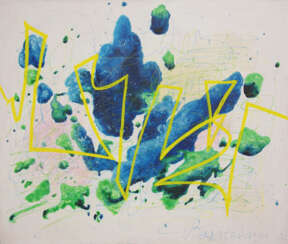



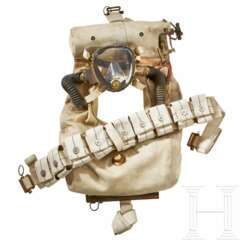

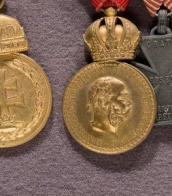
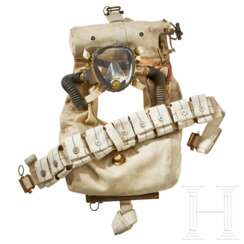


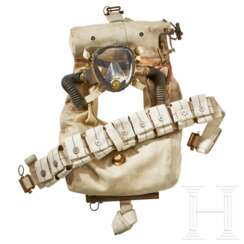

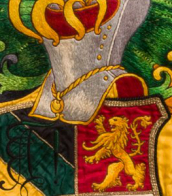
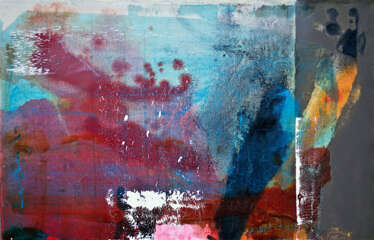








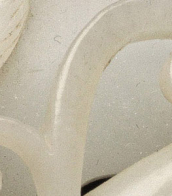
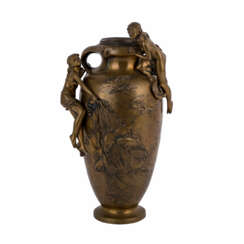

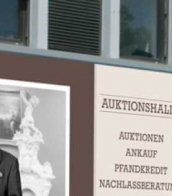


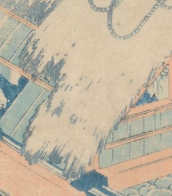
![[CONCHIGLIE E STORIA NATURALE] - 12 libri perlopiù in eleganti legature](/assets/image/picture_1242471/4b8f5/qfxpaxganjt8webqy0jtwvx-q3fsoohmwg3xehiltouh4pmwmd9ppzy0mjbvwwsi1608651686jpg__fix_374_244.jpeg)
![[CONCHIGLIE E STORIA NATURALE] - 12 libri perlopiù in eleganti legature](https://veryimportantlot.com/assets/image/picture_1242471/4b8f5/qfxpaxganjt8webqy0jtwvx-q3fsoohmwg3xehiltouh4pmwmd9ppzy0mjbvwwsi1608651686jpg__fix_374_244.jpeg)
![[CONCHIGLIE] - Una serie di libri in formato 8vo](/assets/image/picture_1242472/74420/inhoyf064fhp81iro4enxeyuesh1petck-qipqolxgoo6skzvsfbeuht6-fmrzic1608651686jpg__fix_374_244.jpeg)
![[CONCHIGLIE] - Una serie di libri in formato 8vo](https://veryimportantlot.com/assets/image/picture_1242472/74420/inhoyf064fhp81iro4enxeyuesh1petck-qipqolxgoo6skzvsfbeuht6-fmrzic1608651686jpg__fix_374_244.jpeg)
![[CONCHIGLIE] - Lotto composto da 14 libri che trattano di conchiglie, pesci, fauna subacquea e abissi. Fra gli autori T. CARRERAS, W.P. PYCRAFT, C. KINGSLEY, E. STEP, A. CONSTANCE, E.M. SEPHENSON E R. KERR.](/assets/image/picture_1242473/65464/9i4y9zrixyi89qacszytxvilwonntzaimblr2d2vryut4qts0st7bk-tp8-o9yp1608651686jpg__fix_374_244.jpeg)
![[CONCHIGLIE] - Lotto composto da 14 libri che trattano di conchiglie, pesci, fauna subacquea e abissi. Fra gli autori T. CARRERAS, W.P. PYCRAFT, C. KINGSLEY, E. STEP, A. CONSTANCE, E.M. SEPHENSON E R. KERR.](https://veryimportantlot.com/assets/image/picture_1242473/65464/9i4y9zrixyi89qacszytxvilwonntzaimblr2d2vryut4qts0st7bk-tp8-o9yp1608651686jpg__fix_374_244.jpeg)


